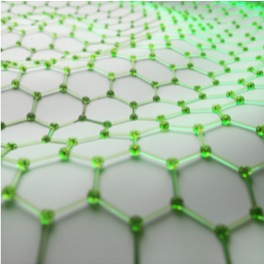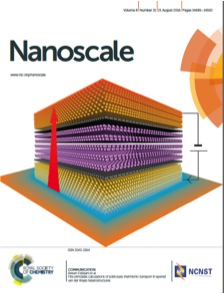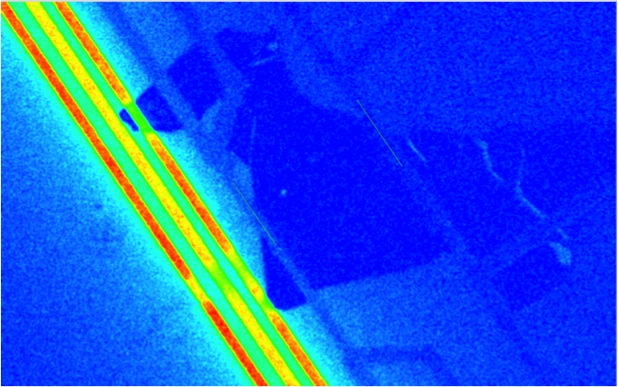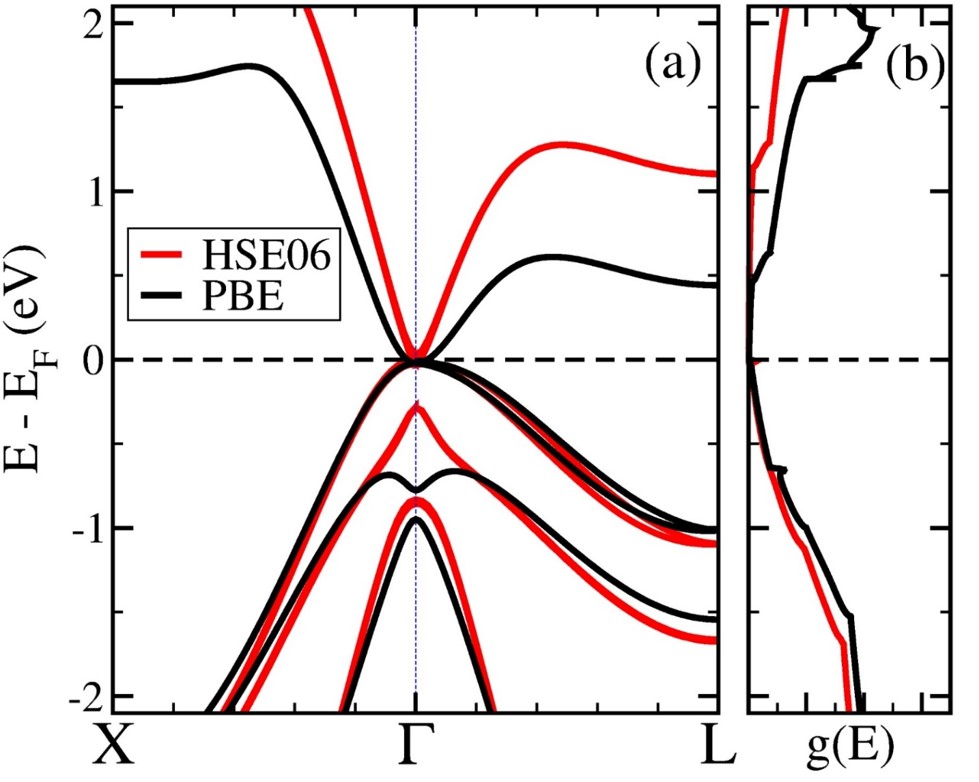

|
Semimetals as potential thermoelectric materials
Top 19 most read article in physics in Nature Scientific Report in 2018
https://www.nature.com/collections/afggedgdbj/content/1-25
|
|
|
Focus: Two Types of Cooling Require Different Designs
Keeping food cold is thermodynamically different from cooling a hot circuit element—a distinction that is accounted for in the design of a new thermoelectric cooler.
https://physics.aps.org/articles/v12/50
|
|
|
|
Multifunctional Materials Integration: Cooler Chips Mean Smaller Devices
This article tells the
story of the small coolers and why we need them. It highlights how our
research group approches the problem.
|
|
|
How Graphene Could Cool Smartphone, Computer and Other Electronics Chips 2017
Graphene has the record high thermal conductivity. In our recent work we have shown that it also has the record high thermoelectric power factor. While large thermal conductivity enables passive cooling, large thermoelectric power factor enables active cooling. The combination of passive and active cooling enables graphene to be an effective cooler for nanoscale applications.
|
|
|
First principles calculations of solid-state thermionic transport in layered van der Waals heterostructures
2016A graphene/phosphorene/graphene heterostructure in contact with gold electrodes is studied by using density functional theory (DFT)-based first principles calculations combined with real space Green's function (GF) formalism. We show that for a monolayer phosphorene, quantum tunneling dominates the transport. By adding more phosphorene layers, one can switch from tunneling-dominated transport to thermionic-dominated transport, resulting in transporting more heat per charge carrier, thus, enhancing the cooling coefficient of performance. The use of layered van der Waals heterostructures has two advantages: (a) thermionic transport barriers can be tuned by changing the number of layers, and (b) thermal conductance across these non-covalent structures is very weak. The thermionic coefficient of performance for the proposed device is 18.5 at 600 K corresponding to an equivalent ZT of 0.13, which is significant for nanoscale devices.
|
|
|
Invisible Dopants 2013Dopants, which are invisible to the conduction carriers could be designed to increase the carrier mobility. We have shown incorporation of such dopants can potentially increase the thermoelectric power factor by two orders of magnitude.
‘Invisible’ particles could enhance thermoelectric devices, MIT NEWS
|
|
|
Electronic Cloaking 2012We have recently found the proper conditions under which invisible nanoparticles are possible to make. The nanoparticles are invisible to the conduction electrons in the sense that the scattering cross section of the electrons off of nanoparticles are 10000 times smaller than the geometrical limit
Nanoparticles in hiding
PRL synopsis
"Invisibility" could be a key to better electronics,
MIT NEWS
Nature nanotechnology:
Nanoparticles, Now you don't
PhysicsWorld: New cloak promises to be invisible to electrons
|
|
|
|







